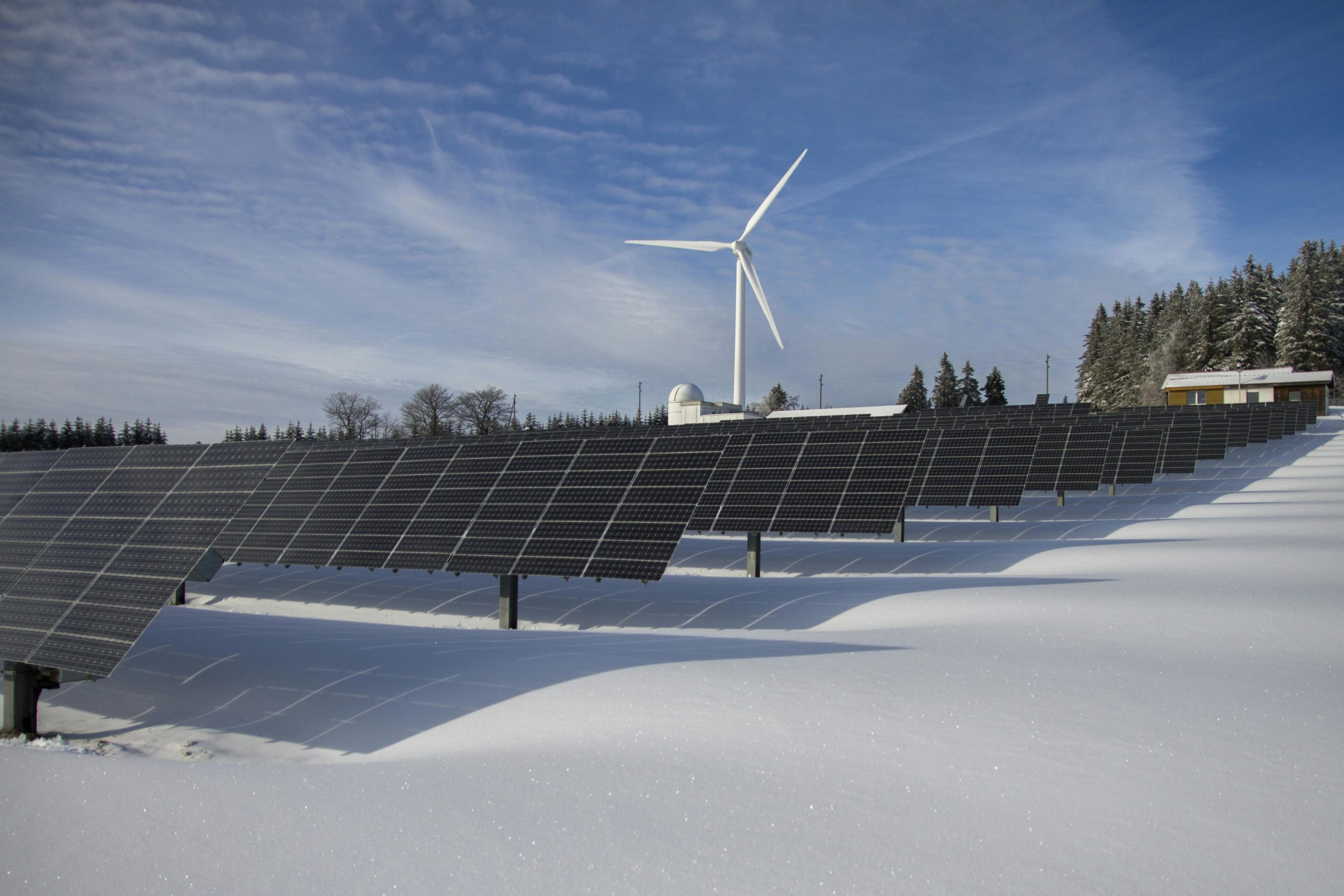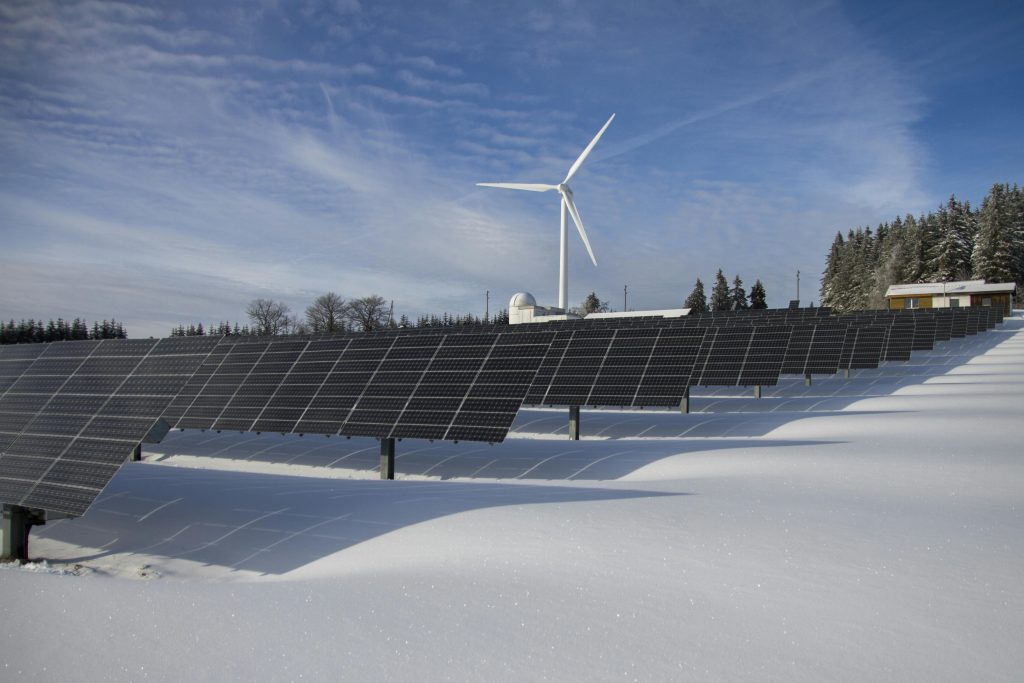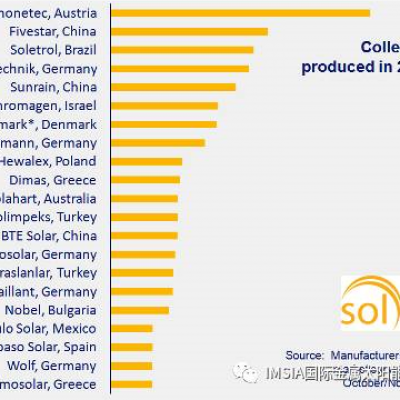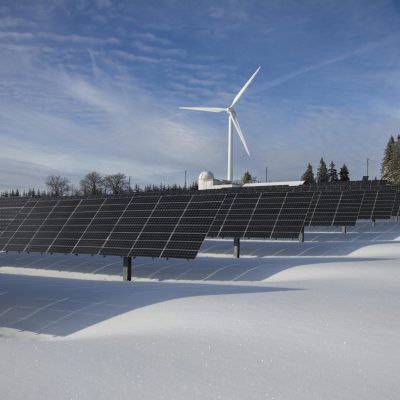
Harnessing the Sun: The Impact of Photovoltaic Power on the Future Energy Mix
In the quest for sustainable energy sources, the sun shines as a beacon of hope. Photovoltaic (PV) power, derived from harnessing sunlight through solar panels, has emerged as a pivotal player in shaping the future energy landscape. As we stand at the cusp of a pivotal era in energy transition, understanding the implications of photovoltaic power on the future energy mix becomes paramount.
The Rising Solar Revolution
The growth of photovoltaic power has been nothing short of remarkable. Technological advancements coupled with decreasing costs have propelled solar energy into the mainstream. The International Energy Agency (IEA) predicts that solar photovoltaic could become the largest source of electricity by 2050, surpassing fossil fuels and even wind energy.

Environmental Imperatives
One of the most compelling drivers behind the ascent of photovoltaic power is its environmental credentials. Unlike fossil fuels, solar energy generates electricity without emitting greenhouse gases or pollutants. As nations grapple with the urgent need to mitigate climate change, the adoption of clean energy solutions like PV power becomes imperative. It not only reduces carbon emissions but also mitigates other environmental impacts associated with traditional energy sources, such as air and water pollution.
Economic Viability
Beyond its environmental benefits, the economic viability of photovoltaic power has been a game-changer. The plummeting costs of solar panels, coupled with favorable government policies and incentives, have made solar energy increasingly competitive with conventional sources. This trend is expected to continue, with projections indicating further cost reductions as technology advances and economies of scale kick in. As a result, photovoltaic power is poised to become not just a sustainable choice but also an economically sound investment for both individuals and businesses alike.
Energy Independence and Security
The decentralized nature of solar power offers another compelling advantage: energy independence. By generating electricity on-site or within local communities, solar photovoltaic systems reduce reliance on centralized grids and imported fuels, enhancing energy security. This decentralization also fosters resilience against disruptions, whether caused by natural disasters or geopolitical conflicts, thus ensuring a more robust and reliable energy supply.
Grid Integration Challenges
However, the integration of photovoltaic power into existing energy grids presents its own set of challenges. Solar energy’s intermittent nature—dependent on daylight and weather conditions—poses complexities for grid operators accustomed to managing predictable, dispatchable power sources. Effective grid integration requires innovative solutions such as energy storage systems, smart grid technologies, and demand-side management strategies to balance supply and demand, optimize efficiency, and maintain grid stability.
Technological Innovations
Fortunately, ongoing technological innovations are poised to address these challenges and unlock the full potential of photovoltaic power. Advances in energy storage, such as batteries and pumped hydro, enable the storage of surplus solar energy for use during periods of low generation. Similarly, breakthroughs in grid management software and hardware facilitate real-time monitoring and control of distributed energy resources, ensuring grid stability and reliability.
The Role of Policy and Regulation
The future trajectory of photovoltaic power hinges not only on technological advancements but also on supportive policy frameworks and regulatory measures. Governments worldwide must continue to incentivize solar deployment through subsidies, tax incentives, net metering, and renewable energy targets. Additionally, regulatory reforms are necessary to streamline permitting processes, facilitate grid access, and promote fair market competition, thereby fostering a conducive environment for solar investment and innovation.
Global Implications
The influence of photovoltaic power extends far beyond individual nations, with profound global implications. As emerging economies leapfrog fossil fuel dependence in favor of renewable energy, solar photovoltaic stands as a beacon of hope for universal energy access and sustainable development. Moreover, international cooperation and collaboration are essential to accelerate the deployment of solar energy technologies, address common challenges, and achieve shared climate goals.
Conclusion
In conclusion, the rise of photovoltaic power heralds a transformative shift in the global energy paradigm. Its environmental, economic, and societal benefits position solar energy as a linchpin of the future energy mix. However, realizing this potential requires concerted efforts from policymakers, industry stakeholders, and society at large to overcome technological, regulatory, and institutional barriers. By harnessing the power of the sun, we can illuminate the path toward a more sustainable, equitable, and prosperous future for generations to come.




